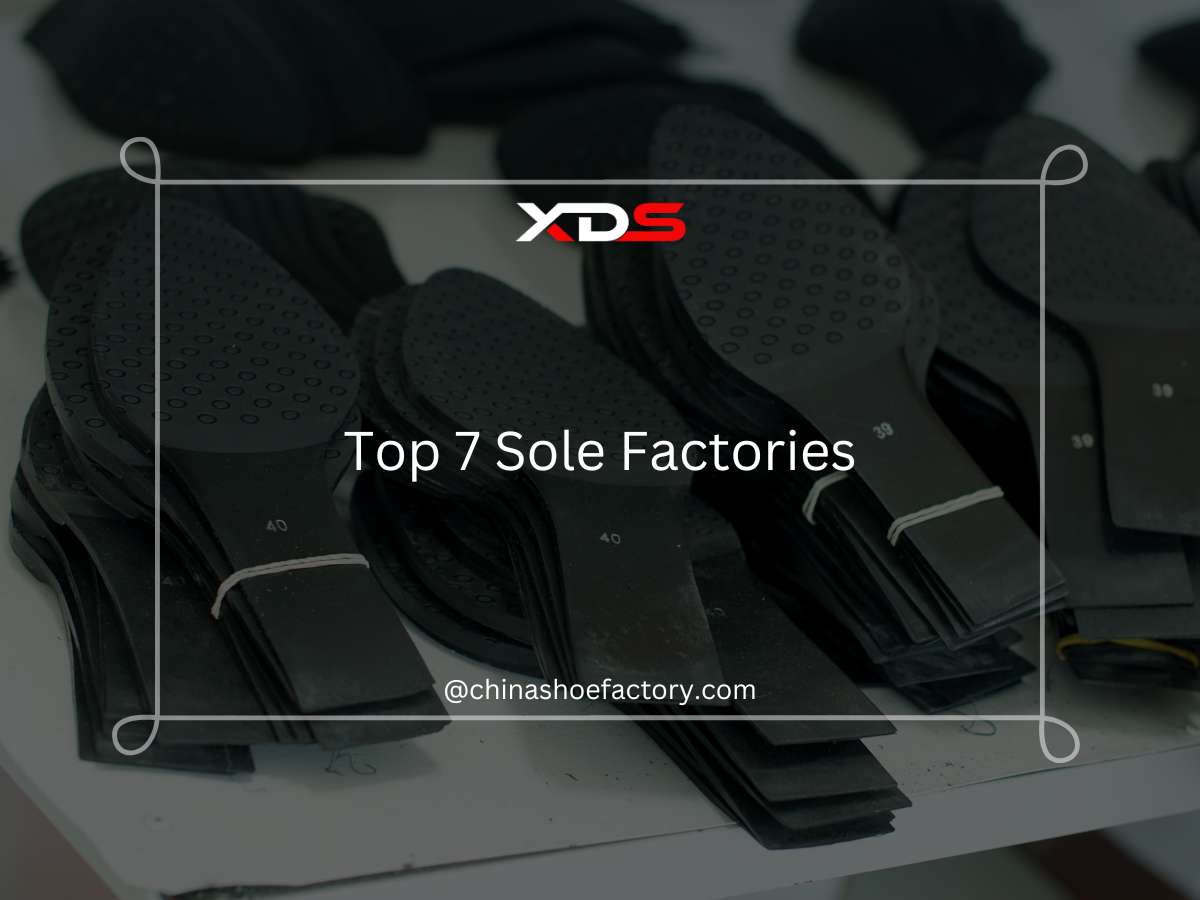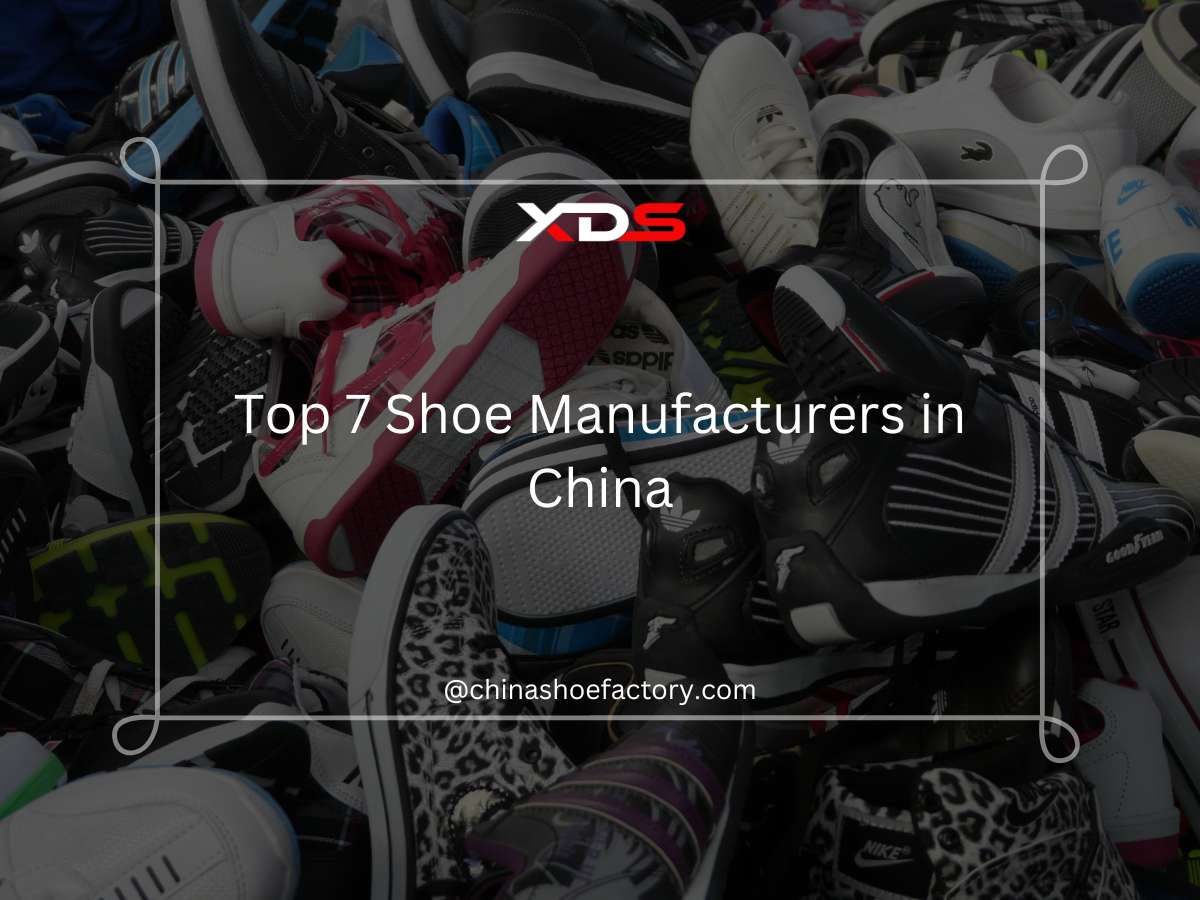Exploring 10 Different Upper Materials for Shoes

Author: Andy Hong | Founder at XDS
Hi, I'm Andy Hong, here to share my expertise in footwear manufacturing with you.
Exploring 10 Different Upper Materials for Shoes
Table of Contents
What’s the best material for shoe uppers in your business? From leathers to synthetics, choosing the right upper material can impact durability, design, and customer satisfaction.
As a material specialist with extensive experience in the footwear industry, I’ve spent years studying and working with various upper materials, helping businesses like yours create shoes that stand out in quality and functionality.
Here are 2 key upper materials to consider:
- Leather
- Synthetic Materials
In this guide, we’ll explore the pros and cons of the 10 popular shoe upper materials, helping you make informed decisions for your business.
Let’s get started!
1. Leather
Leather is a natural material made from animal hides, most commonly from cows. At XDS, we specialize in sourcing and working with high-quality leather, ensuring that each pair of shoes reflects the material’s strength, flexibility, and timeless appeal. Its ability to age beautifully over time makes leather a popular choice for shoe uppers. Here are the different types of leather used in shoes:
- Full-Grain Leather: This is the highest quality leather, taken from the top layer of the hide. It’s extremely durable and develops a beautiful patina over time, adding character to the material.
- Top-Grain Leather: Top-grain leather is sanded and treated to remove imperfections. It’s softer and more flexible than full-grain, making it ideal for sleek and polished designs.
- Nubuck Leather: Nubuck is made by sanding the outer surface of leather to create a soft, velvety texture. It’s durable and has a unique matte finish, often used for casual and outdoor footwear.
- Patent Leather: Patent leather features a glossy, shiny coating, giving it a polished and luxurious look. It’s often used for dress shoes and formal styles.
- Suede: Suede comes from the underside of the hide, giving it a soft and fuzzy surface. It’s lightweight and breathable, perfect for stylish and comfortable shoes.
| Pros | Cons |
| Extremely durable and long-lasting | Higher cost compared to synthetic materials |
| Ages beautifully, developing a rich patina | Sensitive to water and moisture |
| Adapts to the shape of the foot over time | Requires regular care and maintenance |
| Premium look and feel | Heavy compared to synthetic alternatives |
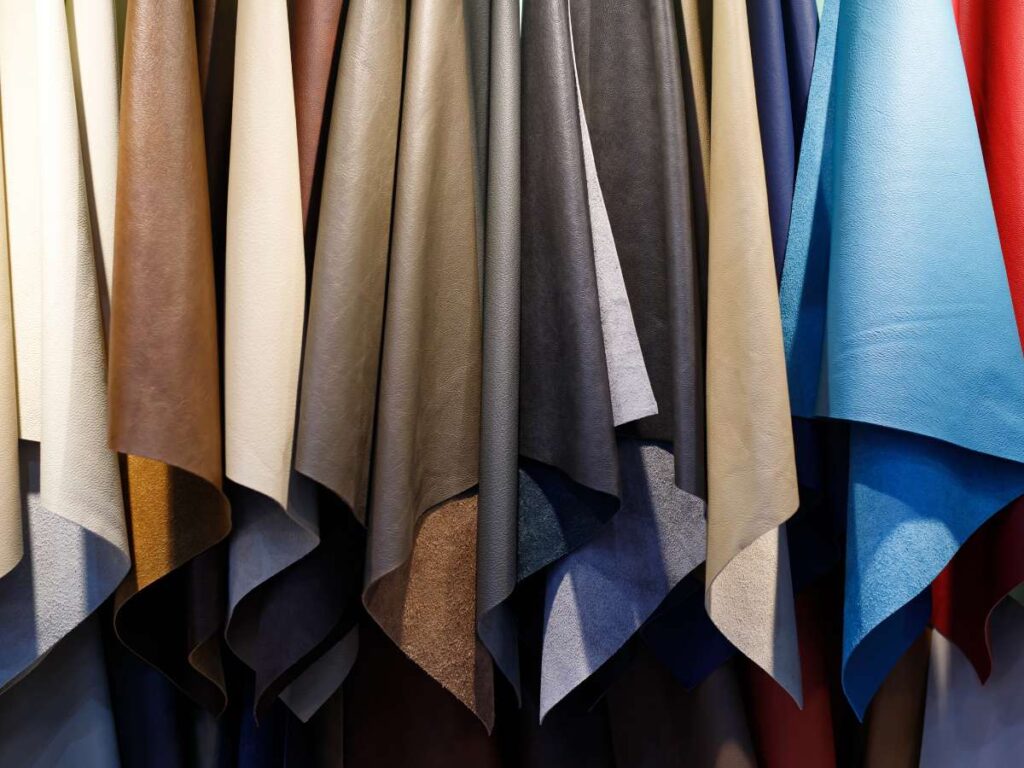
2. Synthetic Materials
Synthetic materials are man-made fabrics created using chemical processes. They are widely used in shoes because they’re versatile, affordable, and easy to customize for different styles and purposes. Here’s a closer look at the common types of synthetic materials used in shoe uppers:
- Polyurethane (PU): PU is a lightweight, flexible material with a smooth finish. It’s often used to mimic leather and offers a budget-friendly alternative for casual and athletic shoes.
- PVC (Polyvinyl Chloride): PVC is a durable and water-resistant material. It’s a popular choice for shoes that need to withstand tough environments, such as work boots or rainwear.
- Microfiber: Microfiber is a soft, breathable material made from tiny synthetic fibers. It feels like suede and is often used in lightweight or fashionable shoes.
| Pros | Cons |
| Affordable and cost-effective | Less breathable than natural materials |
| Resistant to stains and easy to clean | Can crack or peel over time |
| Available in a wide range of colors | Limited flexibility compared to leather |
| Lightweight and suitable for sports shoes | Often lacks the premium aesthetic of leather |
3. Textiles
Textiles are woven or knitted fabrics made from natural or synthetic fibers. They are a popular choice for shoe uppers because they’re lightweight, breathable, and easy to work with for various designs. Let’s look at the different types of textiles used in shoe uppers:
- Canvas: Canvas is a durable, plain-woven fabric often made from cotton or a cotton blend. It’s a popular choice for casual shoes due to its strength and ability to handle wear and tear.
- Cotton: Cotton is a natural fiber known for its softness and breathability. It’s often used in lightweight, comfortable shoes for warm weather.
- Wool: Wool is a natural fiber that provides warmth and insulation. It’s commonly used in cold-weather footwear or shoes designed for comfort.
- Nylon: Nylon is a synthetic fabric that’s lightweight and strong. It’s frequently used in athletic and performance shoes due to its durability.
- Polyester: Polyester is a versatile synthetic material that resists stretching and shrinking. It’s commonly used in various types of shoes, from sneakers to casual styles.
- Mesh: Mesh is a breathable, open-weave fabric often made from nylon or polyester. It’s a favorite in sports and running shoes because it keeps feet cool and comfortable.
| Pros | Cons |
| Lightweight and breathable | Prone to wear and tear over time |
| Comfortable and flexible | Absorbs moisture, leading to potential odors |
| Wide variety of patterns and textures | Less durable for heavy-duty or outdoor use |
| Easy to dye and customize | Limited protection against environmental elements |
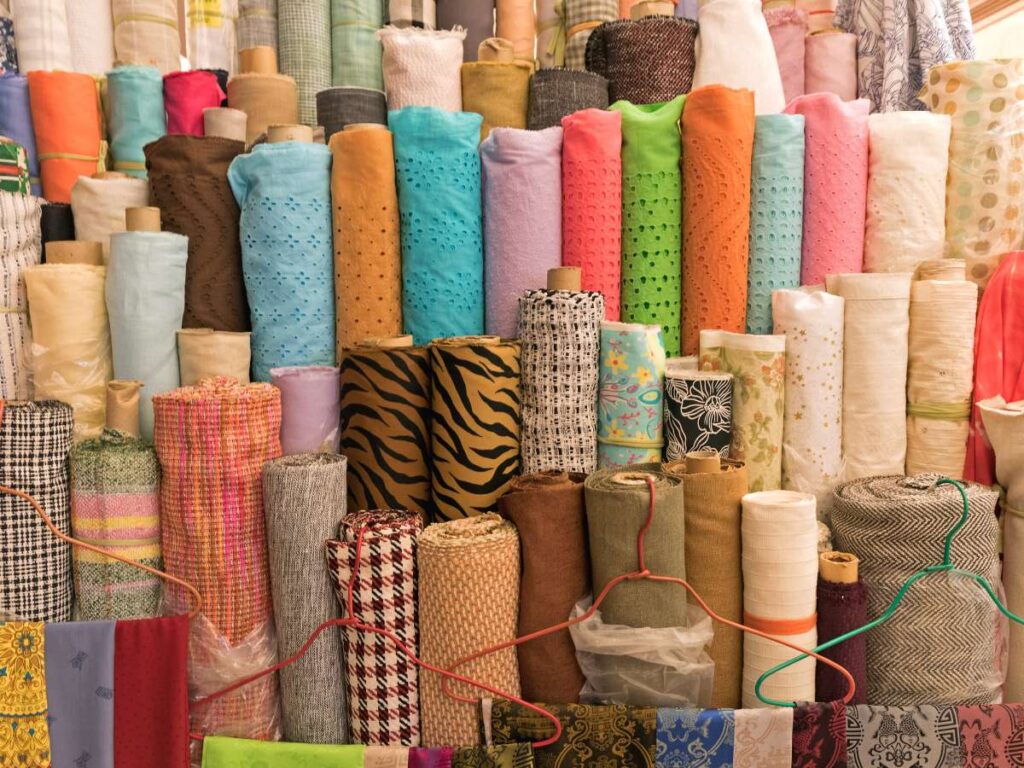
4. Knit Fabrics
Knit fabrics are materials created by interlocking loops of yarn or thread. They’re stretchy, lightweight, and mold well to different shapes, making them a popular choice for modern shoe uppers. Here’s a closer look at the different types of knit fabrics used in shoes:
- Flyknit: Flyknit is Nike’s proprietary knit material, designed to be lightweight and breathable. It adapts to the shape of the foot, offering a snug and comfortable fit for athletic and casual shoes.
- Primeknit: Primeknit is Adidas’ version of a high-performance knit fabric. It’s flexible and durable, providing both style and function for sports and lifestyle footwear.
- Engineered Knit Materials: These are advanced knit fabrics customized for specific performance needs. They combine different knitting patterns in a single piece to enhance strength, flexibility, and ventilation.
| Pros | Cons |
| Lightweight and stretches for a snug fit | Can lose shape with excessive wear |
| Allows for seamless, one-piece designs | Limited water resistance |
| Breathable and keeps feet cool | May not provide as much structural support |
| Modern and stylish aesthetic | Less durable for rugged outdoor conditions |
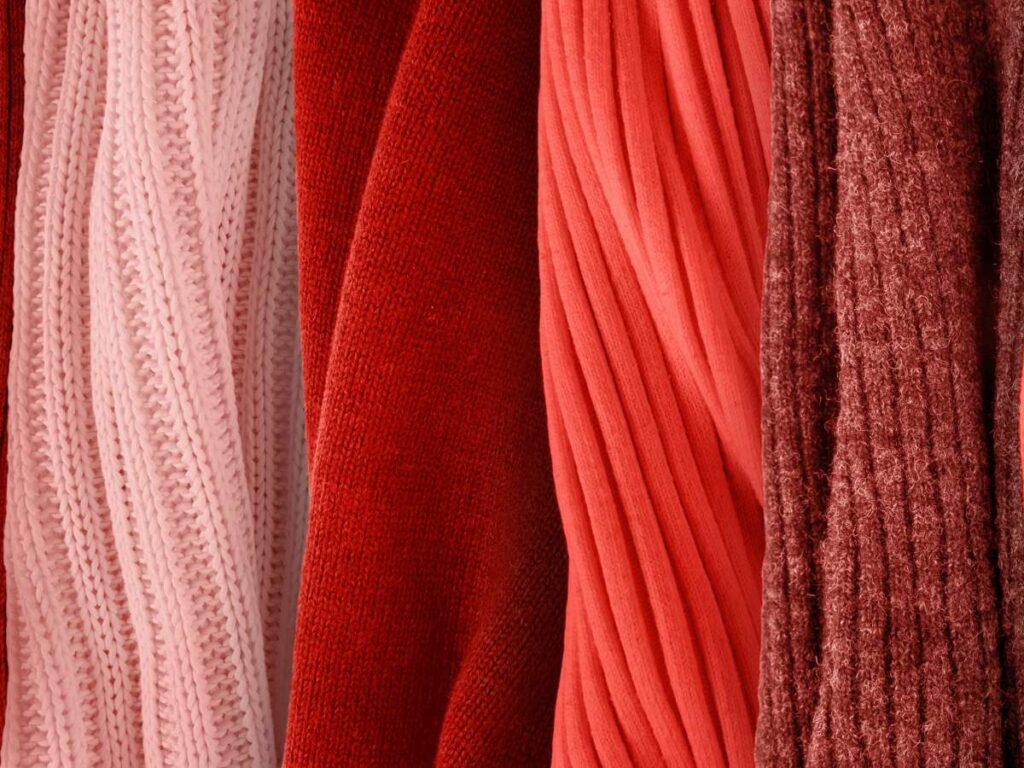
5. Rubber and Plastic Composites
Rubber and plastic composites are materials made from a mix of synthetic and natural compounds. They are widely used in shoe manufacturing because they offer flexibility, durability, and affordability. Here’s a breakdown of the common types used in shoe uppers:
- EVA (Ethylene Vinyl Acetate): EVA is a lightweight, foam-like material that provides excellent cushioning and shock absorption. It’s commonly used in athletic shoes and casual footwear for added comfort.
- Thermoplastic Urethane (TPU): TPU is a tough and elastic material often used for protective and performance shoes. It offers flexibility while maintaining its shape under pressure.
- PVC (Polyvinyl Chloride): PVC is a versatile plastic that is water-resistant and durable. It’s often used in work boots and rain shoes, making them suitable for harsh conditions.
| Pros | Cons |
| Highly durable and resistant to damage | Can feel stiff or less comfortable |
| Water-resistant and ideal for wet conditions | Environmental concerns related to production |
| Affordable and widely available | Lacks the premium look of natural materials |
| Excellent for outdoor and industrial shoes | Can feel hot and less breathable |
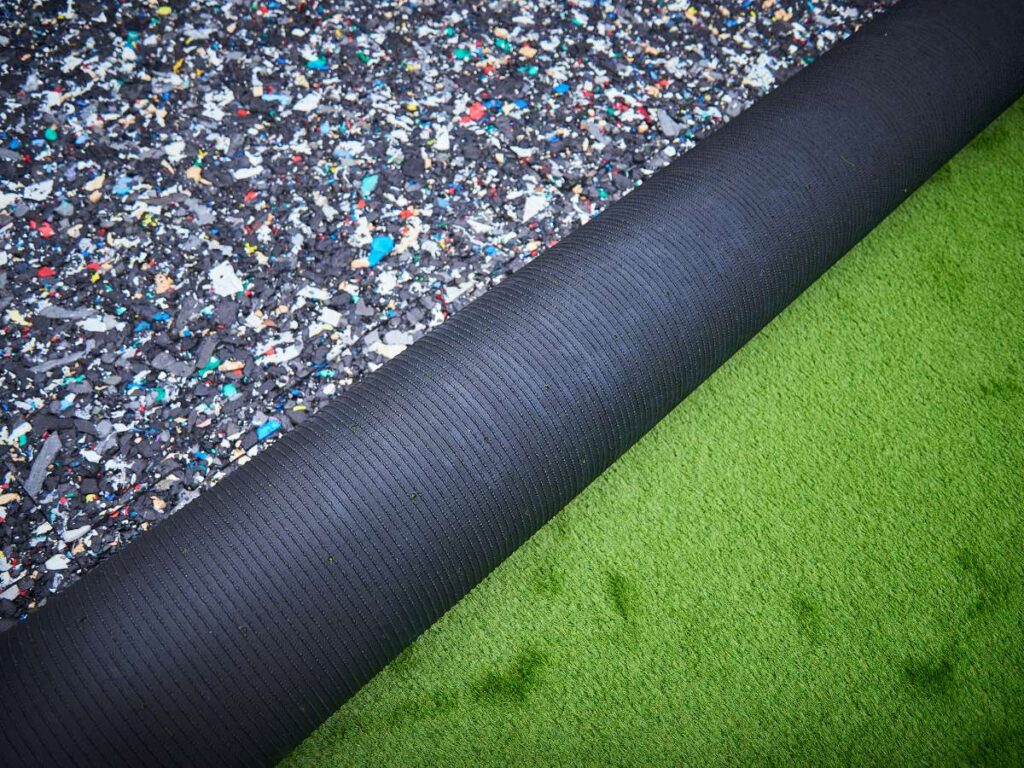
6. Natural Fibers
Natural fibers come from plants and other natural sources. They are eco-friendly, breathable, and often add a unique texture or look to shoe designs, making them a great choice for sustainable footwear. Here’s a closer look at the common types of natural fibers used in shoes:
- Hemp: Hemp is a strong and durable fiber made from the stalks of the hemp plant. It’s lightweight, breathable, and often used in eco-conscious footwear.
- Jute: Jute is a natural fiber with a coarse texture, commonly used in rope and sacks. In shoes, it provides a rustic, natural look, often seen in espadrilles and casual styles.
- Cork: Cork is harvested from the bark of cork oak trees. It’s flexible, lightweight, and often used in footbeds or as decorative accents on shoe uppers.
| Pros | Cons |
| Sustainable and biodegradable | Less durable compared to synthetic options |
| Lightweight and breathable | Prone to damage from moisture and abrasion |
| Adds a natural and rustic aesthetic | Requires more care to maintain its appearance |
| Renewable and eco-friendly | Limited use for heavy-duty or high-performance shoes |
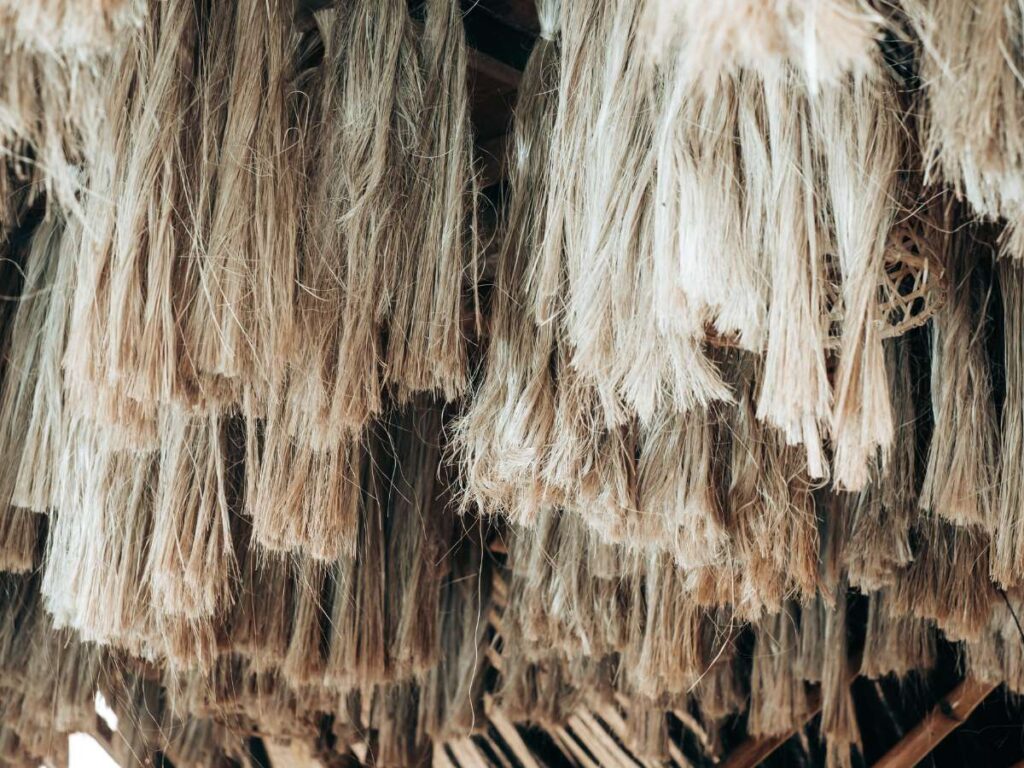
7. Recycled Materials
Recycled materials are created by reusing waste products, like plastics or old textiles, to produce new, functional materials. These materials are gaining popularity in shoe manufacturing as businesses focus on sustainable and eco-friendly options. Here’s a look at some commonly used recycled materials in shoes:
- Recycled Plastic Bottles: Recycled plastic bottles are transformed into fibers or fabrics, offering a lightweight and durable material for shoes. They’re often used in casual and athletic footwear.
- Recycled Polyester: Recycled polyester is made from old textiles or plastic waste. It’s versatile, strong, and great for making breathable and stylish shoe uppers.
- Repurposed Rubber: Repurposed rubber comes from old tires or rubber waste, giving it a second life as soles or decorative accents in shoes. It’s tough and ideal for outdoor footwear.
| Pros | Cons |
| Helps reduce waste and supports sustainability | Can have higher production costs |
| Durable and versatile for various designs | Availability depends on recycling facilities |
| Appeals to environmentally conscious consumers | May not match the performance of new materials |
| Often lightweight and easy to work with | Can have inconsistent quality in some cases |
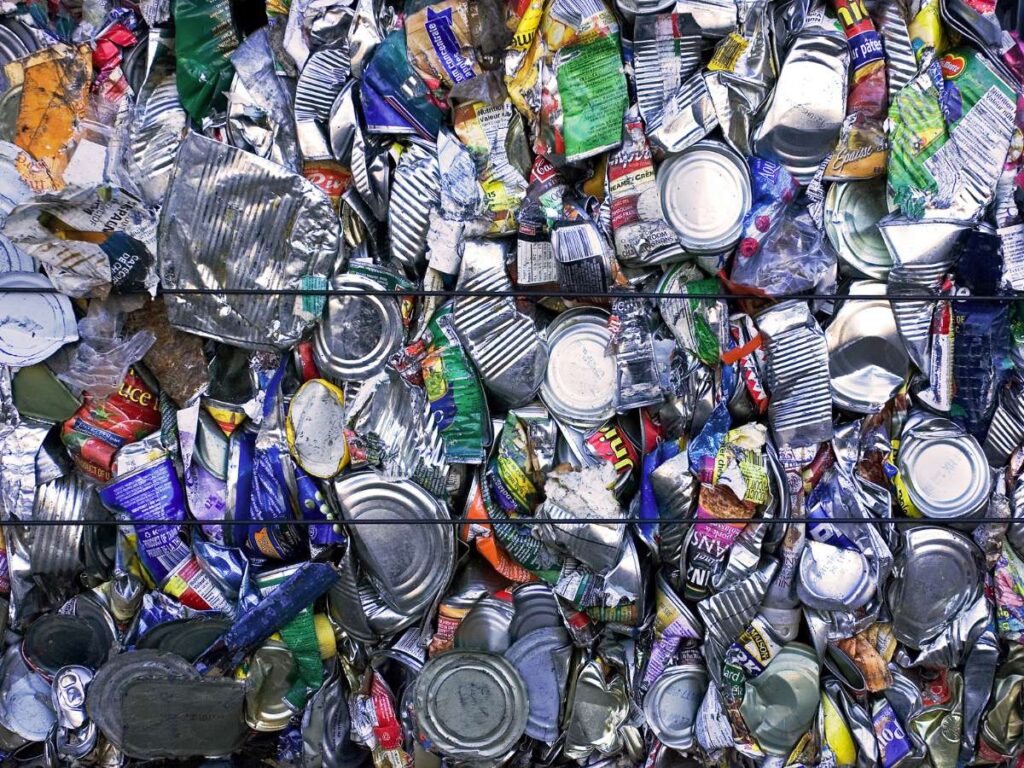
8. Animal-Based Alternatives
Animal-based alternatives are materials designed to mimic traditional leather but are made from plants or other non-animal sources. They offer a sustainable and cruelty-free option for shoe manufacturing, appealing to eco-conscious brands. Here’s a breakdown of popular animal-based alternatives used in shoe uppers:
- Faux Leather: Faux leather is a synthetic material designed to look and feel like leather. It’s affordable, versatile, and available in various textures and finishes, making it a common choice for stylish footwear.
- Piñatex (Pineapple Fiber Leather): Piñatex is made from the fibers of pineapple leaves, offering a durable and lightweight material. It has a unique, slightly textured appearance, perfect for brands focusing on sustainability.
- Mushroom Leather: Mushroom leather is created from mycelium, the root structure of mushrooms. It’s soft, flexible, and biodegradable, making it an innovative option for eco-friendly shoes.
- Apple Leather: Apple leather is made from leftover apple skins and cores. It’s durable, smooth, and has a sleek finish, making it a popular alternative for premium-looking footwear.
| Pros | Cons |
| Cruelty-free and vegan-friendly | May not match the durability of real leather |
| Lightweight and stylish | Often more expensive than synthetic materials |
| Utilizes renewable plant-based sources | Limited water resistance for some materials |
| Biodegradable and eco-friendly | Production methods may vary in sustainability |
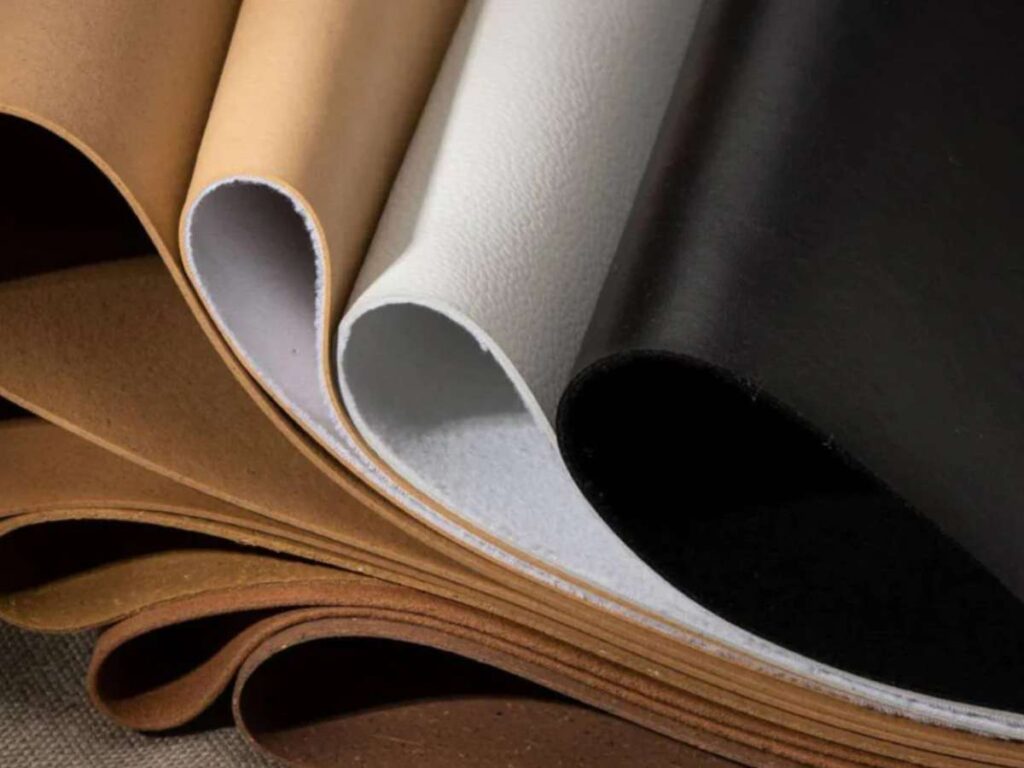
9. High-Performance Materials
High-performance materials are designed to handle extreme conditions and deliver specialized benefits, such as durability, water resistance, or breathability. They are widely used in shoes built for outdoor activities, sports, and tough environments. Here’s a closer look at the most common high-performance materials used in shoe uppers:
- Gore-Tex (Waterproof and Breathable Fabric): Gore-Tex is a fabric that keeps water out while allowing moisture to escape. It’s a top choice for hiking and outdoor shoes, providing both protection and comfort in wet conditions.
- Ripstop Nylon (Tear-Resistant): Ripstop nylon is a lightweight fabric reinforced with a special weaving technique that prevents tears and rips. It’s often used in outdoor and adventure footwear for its durability and strength.
| Pros | Cons |
| Designed for extreme durability | Adds cost to production |
| Ideal for outdoor and athletic footwear | Can reduce flexibility in lightweight designs |
| Provides waterproof or tear-resistant properties | Requires specialized manufacturing techniques |
| Performs well under harsh conditions | Limited aesthetic options for casual styles |
10. Specialty and Luxury Materials
Specialty and luxury materials are premium choices that elevate shoes with their unique textures, visual appeal, and exclusivity. These materials are often used in high-end footwear or for custom designs to create a standout look. Here’s a breakdown of the most popular specialty and luxury materials used in shoe uppers:
- Exotic Leathers (Alligator, Snake, Ostrich): Exotic leathers come from animals like alligators, snakes, and ostriches. They are prized for their distinctive patterns and textures, often used in upscale or custom-made shoes.
- Satin: Satin is a smooth, glossy fabric with a luxurious feel. It’s commonly used in evening or formal shoes for its elegant appearance.
- Velvet: Velvet is a soft, rich-textured fabric that adds depth and sophistication to shoe designs. It’s popular for special occasions and high-fashion footwear.
- Denim: Denim is a durable cotton fabric known for its casual and trendy vibe. It’s often used in modern footwear to add a playful yet stylish twist.
| Pros | Cons |
| Adds exclusivity and a premium look | High cost compared to standard materials |
| Unique textures and finishes enhance value | Often requires delicate handling and care |
| Appeals to high-end and niche markets | Limited availability depending on the material |
| Great for creating standout, custom designs | May not be practical for everyday use |
Conclusion
Finding the right materials for your shoe business can be challenging, especially when balancing cost, quality, and functionality. Each upper material offers its own strengths, making it important to choose the right one for your needs. Understanding these options can help you create shoes that meet both market demands and customer expectations.
We hope this guide to upper materials has given you valuable insights to enhance your footwear offerings. If you want to customize your shoe business but are concerned about high MOQ requirements, we offer low and flexible options starting at just 500 pairs for some styles. Contact us today to bring your vision to life!
Learn More: Recommended Reads
If you’re looking for more insights, we’ve put together a list of helpful articles that you might enjoy:
Still haven’t found what you’re looking for? Don’t hesitate to contact us; we’re available around the clock to assist you.
Quick Quote
Fill out the form, get the quote in hours!

